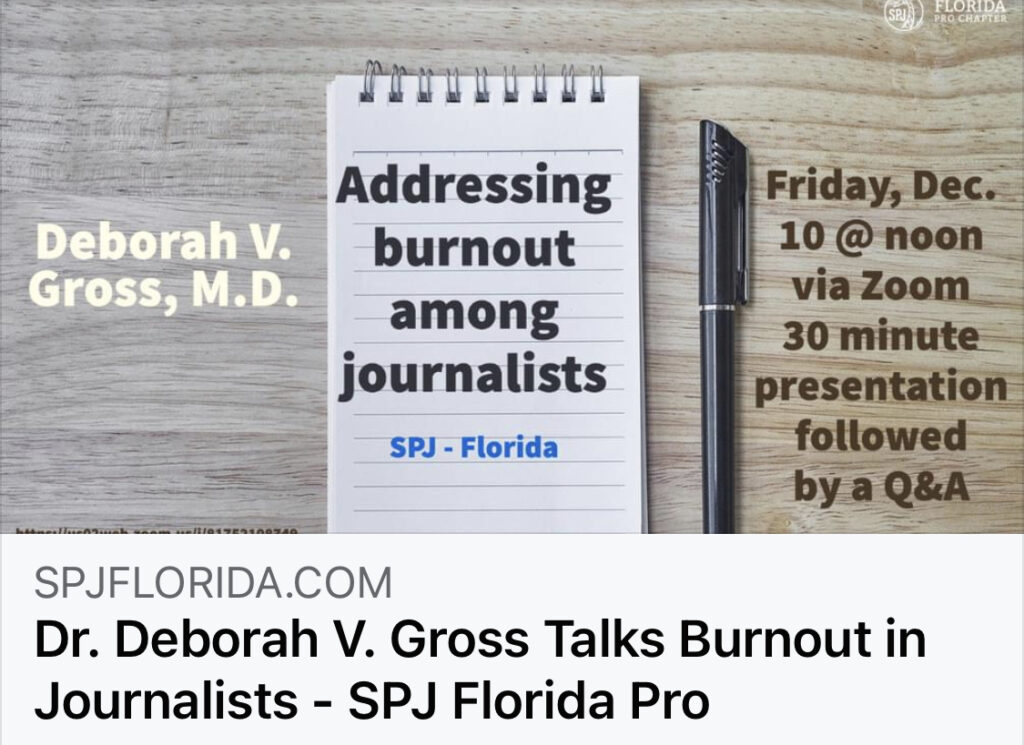
In an effort to improve treatment for everyone, Medication-Assisted Treatment (MAT), especially as it relates to the treatment of opioid use disorder, is something people have varying opinions on and especially as it’s concerned to minority groups – is it accessible to them like it should be? Our own, Dr. Brent Boyett and Dr. Steven Taylor, answers some of these hot topic questions.
What would your recommendation be as we assess the relationship between access to chronic pain treatment in health disparity populations and Opioid use disorder (OUD)?
In general, people of color (POCs) and other disenfranchised populations need access to high-quality health care, in a preventive and health maintenance form, just as do members of the majority population. In both groups – indeed, in all groups in our society – it is important to recognize that the most cost-effective, humane, and efficient way to provide medical care involves providing holistic, evidence-based care to people who need it from the beginning. It’s vital to maintain health and rapidly address illness, rather than to play “catch-up” on the back end after disease processes have become more advanced, more complicated, and more difficult to treat. When this general principle is applied to the issue of chronic pain treatment and opioid use disorder (OUD), it becomes clear that POCs and other disenfranchised populations need to have timely access in the primary care setting to the myriad evidence-based treatments for pain that do not involve opioid analgesics. Modalities such as cognitive-behavioral therapy, mindfulness meditation, and available non-opioid medications that provide relief of severe pain (such as ketorolac); these populations need these treatments just as much, and just as early, as do all other members of society.
We should commit to remembering that there are many ways to control pain that do not include opioids. I think that our healthcare system has over-utilized opioids over the past 20 to 30 years. Opioids have a role especially in palliative care and for acute pain for short duration. Strong evidence exists to suggest that the very medications that we use to treat pain – opioids — actually amplify and perpetuate pain.
After long term use of an opioid for physical pain or a benzodiazepine for anxiety the question becomes: “Do I take opioids because I am in pain, or am I in pain because I take opioids?” or “Do I take benzodiazepines because I am anxious or am I anxious because I take benzos?”
Opioids and benzodiazepines should be used for the shortest duration possible, but these medications should not be withheld from the end of life care or acute pain for a short duration when they are needed. Careful consideration of the long-term effects of these medications, which can actually worsen the very symptoms that they are intended to treat, should always be discussed with the patient and documented.
Would evaluating the use of MAT in non-traditional settings be a productive solution?
Currently, there is a problem with abuse and diversion of prescribed buprenorphine products, even when they are dispensed from “traditional settings,” such as physicians’ offices and health clinics. Free community health clinics, community mental health clinics, and health fairs sponsored by faith-based organizations (to mention a few of what might be considered “non-traditional settings”) could be considered as places for providing MAT for patients with OUD, but they would need to be held to the same high standards of care for such treatment as are increasingly being developed and required for use in “traditional” settings.
One could view the treatment of addictive disorders in an outpatient, office-based setting in the United States is “a non-traditional setting”. For over 50 years addiction has mostly been treated as an acute illness and as a moral problem. Many healthcare professionals believe that detox is the same as an addiction cure. When patients relapse after a withdrawal management admission, this is written off as being the patient’s fault. When longer-term treatment is employed patients are often relegated to the traditional rehab industry. Far too often these largely unregulated organizations base their treatments on dogma and tradition instead of science and evidence.
What seems to be a new concept, at least within recent history, is the concept of the chronic-disease, medical model being applied to the treatment of addiction. The concept is that a doctor has a role in the maintenance of functional recovery, after the detox. This seems to be the paradigm shift.
In 2016, addiction medicine was fully recognized by the American Board of Medical Specialties as a legitimate medical subspecialty. Over the past two years, addiction medicine fellowships are being established to provide specialized training for doctors to help patients with addictive disorders achieve and maintain a functional and healthy life.
In the future, addiction medicine specialists will provide prevention, early intervention and chronic, long-term disease management designed to reduce the burden of illness that results from a variety of unhealthy compulsions and habits.
As research on pharmacogenomic testing in OUD treatment is beginning to emerge do you believe it could be helpful in minority groups, and if so in what ways?
Since the very beginning of clinical pharmacology, people have known that one drug may work very well for one individual and seemingly not at all for another. Some drugs may be curative for some but offer little benefit for others. Some medications may provide substantial benefits for one patient and create horrific side effects in others. For centuries scientists have asked, “what causes this variation?”
In recent years, science has begun to answer this question. Pharmacogenomics is the study of the effects that the genetic make-up of an individual may have on their own response to a drug.
In the future, genetic testing may help doctors predict which medication may work best for an individual patient. For example, we already have technology that helps predict how drugs are metabolized in the body. Many medications are administered as prodrugs (in an inactive form). These medications must be activated through a metabolic process before they can create the desired effect. Genetic variation may result in some patients being unable to activate the prodrug into its active form with sufficient efficiency. The clinical effect is that the drug does not create the desired effect. A genetic test that could predict such therapeutic failure in advance could save time, money and lives.
For all of the same reasons that pharmacogenomic testing holds great promise for members of racial, ethnic and cultural majority populations, it is also potentially revolutionary for the medical care of POCs and other disenfranchised populations. When we consider genetics, we come to understand, as is sometimes said in political circles, that “there is more that unites us than there is that divides us.” In fact, one of the world’s most prominent population geneticists once argued that race is itself a false construct because less than 15% of human genetic variability accounts for racial differences between groups. In other words, when it comes to our genes, we are so similar that our differences are minuscule and unimportant. Hence, if pharmacogenomic testing would be beneficial for members of majority populations, there is no reason to doubt that it would also be beneficial for POCs and other disenfranchised populations.
How do we most effectively develop specialized MAT maintenance programs for pregnant women with OUD?
The best treatment outcomes in the treatment of pregnant women with OUD occurs when the OB, anesthesia providers, pediatrician/neonatal care provider and the addiction medicine specialist work together in a collaborative way that focuses on the needs of the mother and baby. It is very important that all involved in the care of the mother and baby be educated to avoid the applications of the sad history of the stigma that this patient population has faced. Topics like craving and relapse should be discussed in a non-judgmental way. Obstetricians should consult addiction medicine specialists in the same way that cardiologists consult obstetricians for assistance in the care of a pregnant cardiac patient.
How are healthcare delivery and access in rural areas among middle-aged and older Americans best served?
The advent of telehealth offers a very good solution for the doctor distribution problem that exists between rural areas and urban areas. Also, recent federal legislation allows for loan repayment programs for doctors and other healthcare providers who provide addiction treatment services in underserved areas.
What insights can you provide into opioid use in nursing homes and other residential care facilities?
I don’t believe that the overuse of opioids is a major problem in nursing homes and other assisted living facilities. These types of facilities commonly have oversight measures that reward judicious use of a controlled substance such as opioids and sedative-hypnotics that have been shown to increase the risk of bad outcomes such as falls and infections.
What do you believe is the role of alcohol use in the development of opioid addiction, morbidity, and mortality?
Addiction is not a substance-specific disease. It is very common for patients with an opioid used disorder to report histories of heavy and harmful drinking before they start using opioids. In many cases, patients report that as their addiction moved to use of opioids on a routine basis, their harmful drinking improved or even stopped. Conversely, it has been well documented that many Vietnam veterans who developed addictions to heroin while overseas fighting the war returned and developed alcoholism as they found heroin more difficult to obtain because of its illegality and other issues here in the U.S. Hence, for some patients, alcohol seems to be an earlier substance of abuse by people who have an addiction disorder, which then can be followed by an addiction to opioids. For others, the order in which the drugs are used may differ, or patients may use both drugs interchangeably or at the same time (which can be a particularly deadly combination).
It has been said that treating addiction is much like playing whack-a-mole. Once you get control of alcohol, opioids may become a problem. The disease of addiction may manifest itself through many different substances over the process of a patient’s lifetime. Once the brain develops dopamine resistance, it may seek out ways to supplement dopamine in any way that it can.
Early exposure to drugs that cause a release of dopamine in the pain and pleasure center of the brain is thought to create a chronic imbalance in hedonic tone resulting in dopamine resistance and subsequently, chronic dysphoria (physical and emotional pain). Delaying the first exposure to drugs of dependence may result in the expectation of reduced addiction risk later in life.



